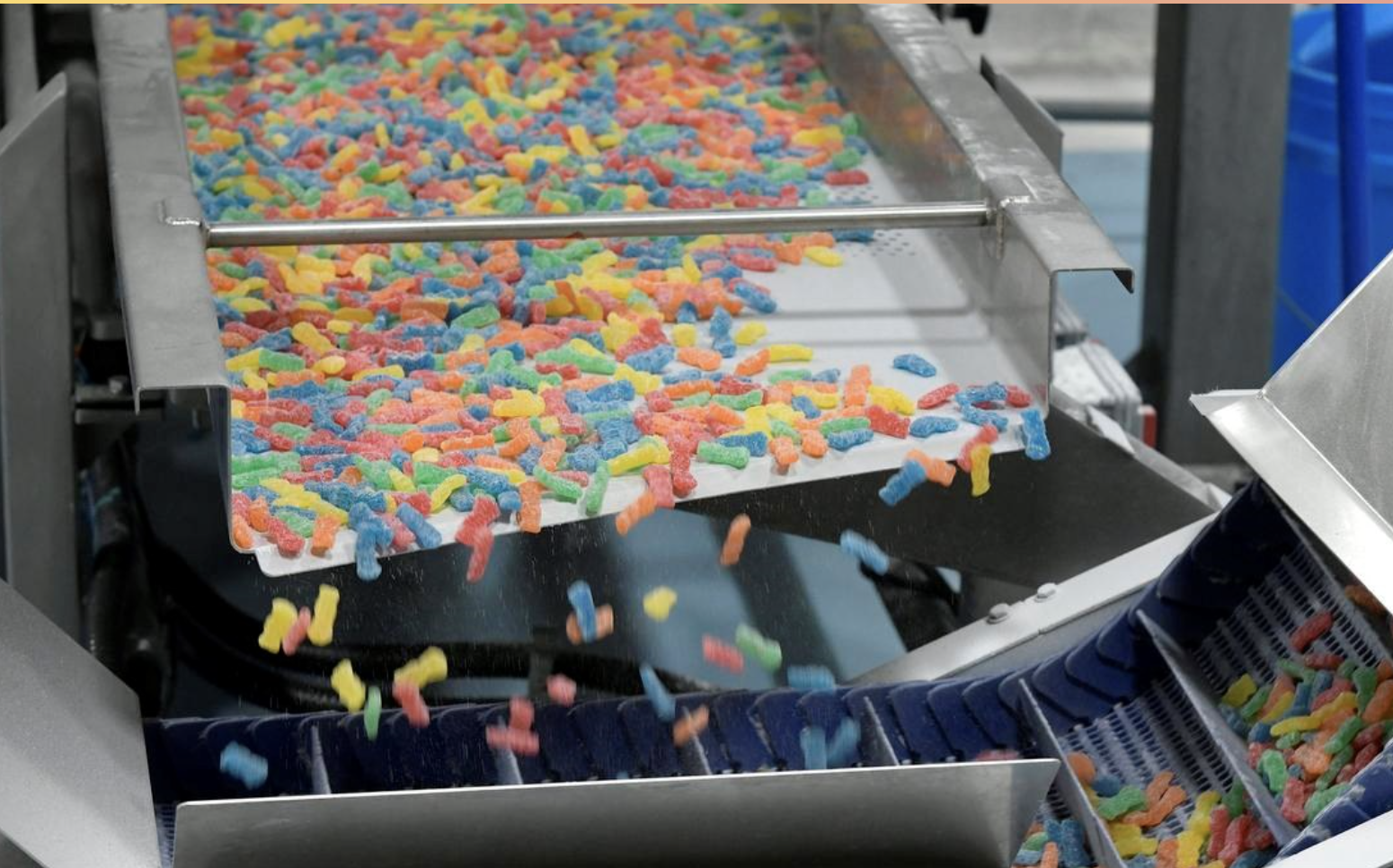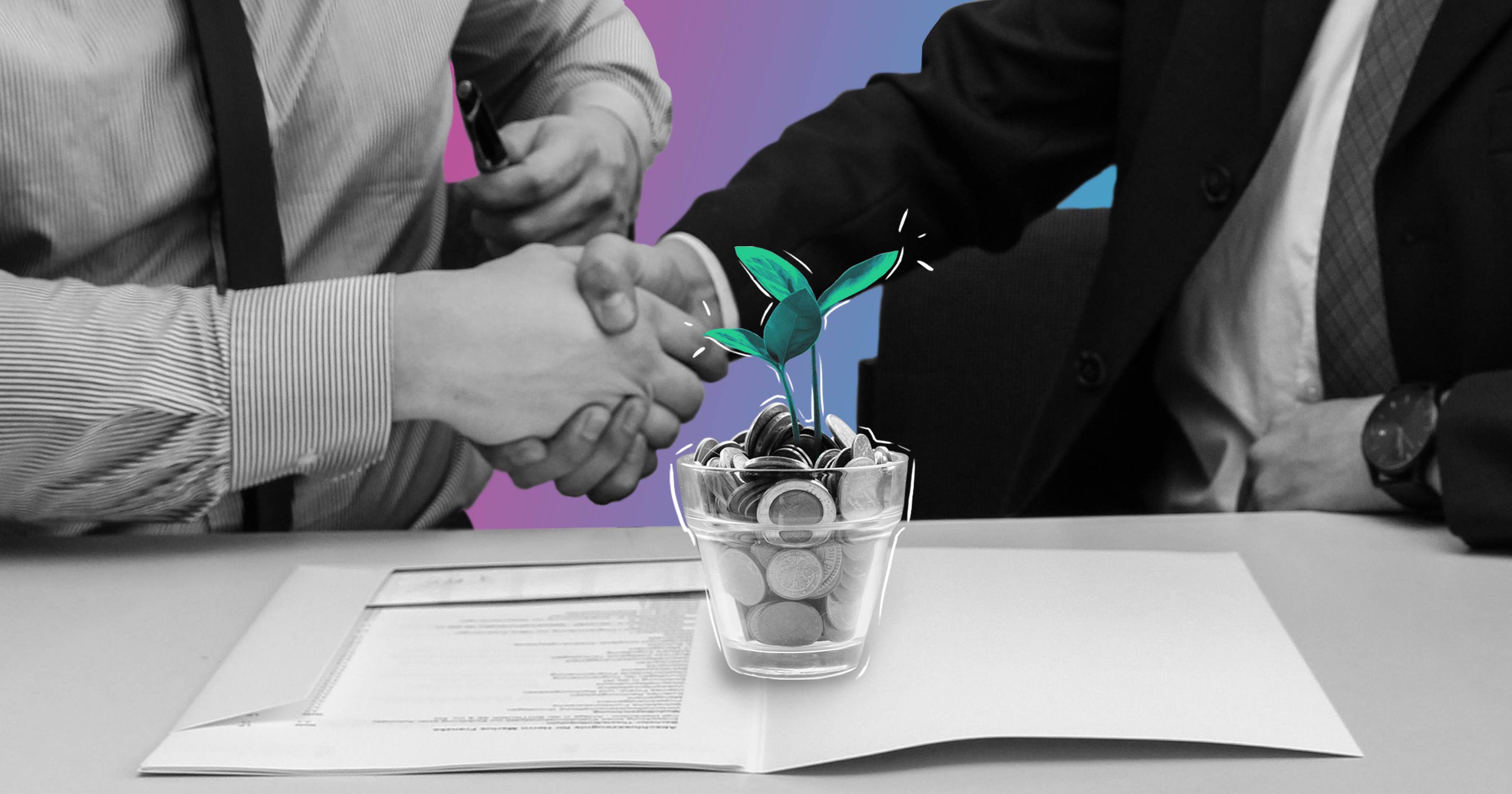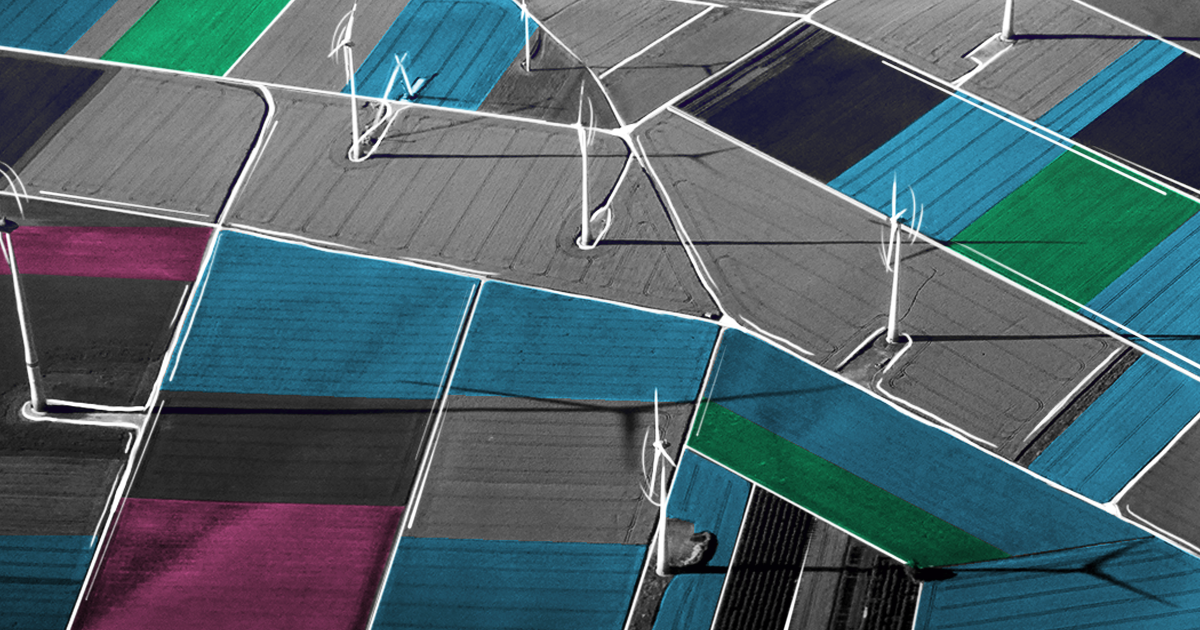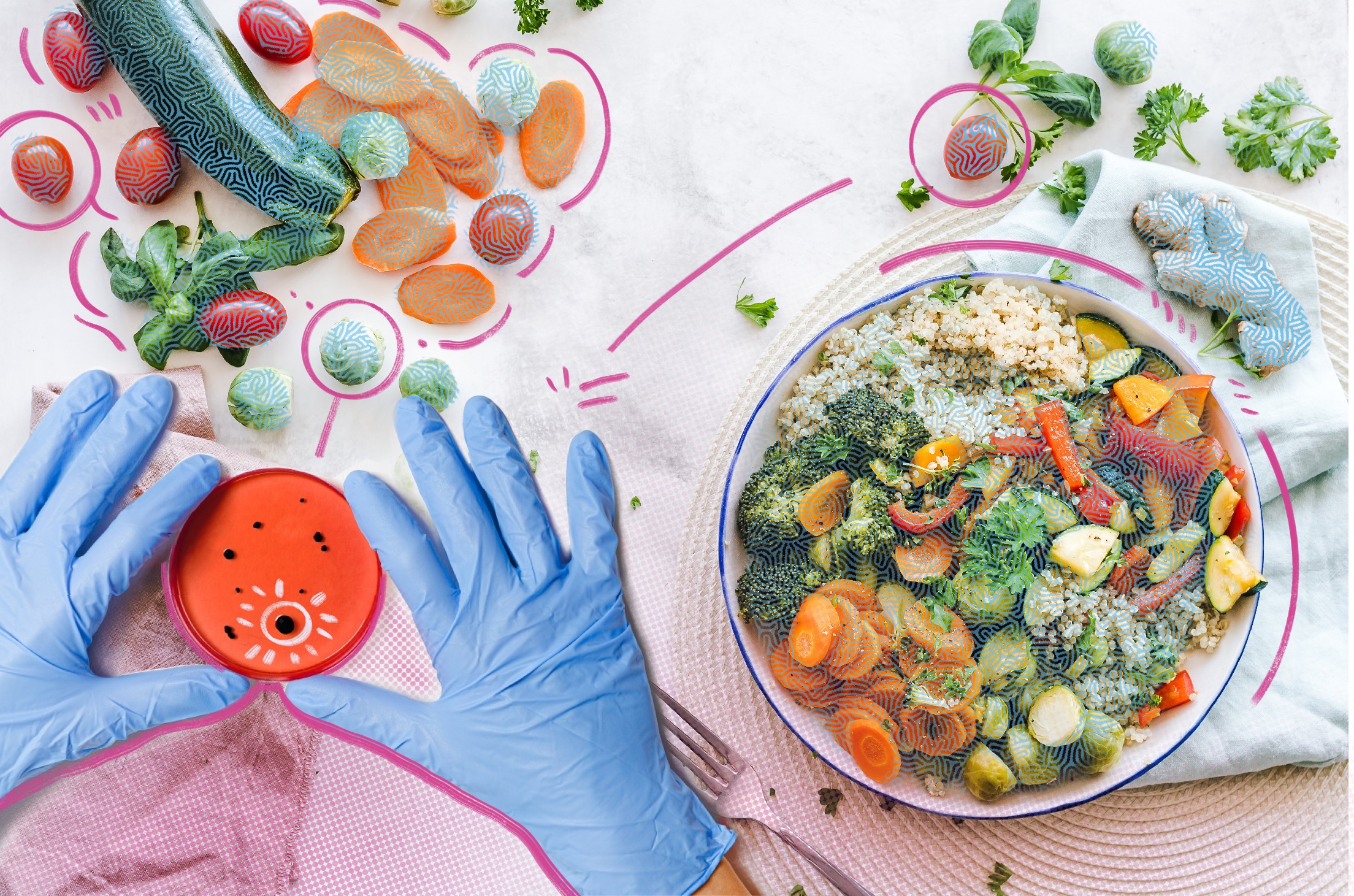Few people have the range to design missiles for F-15 fighter jets and reimagine the Cheerios box. Jay Gouliard, Vice President of Global Packaging at Mondelēz International, has done all that and more over several decades in high-level packaging roles at giants like Coca-Cola, General Mills, and Unilever. But for Gouliard, none of those projects were as complex as crafting a sustainability agenda in the 21st century. Ahead of his appearance at the Future Food-Tech Conference in March, we caught up with Jay to learn more about why innovating toward a more sustainable future is one of the toughest, most exciting challenges he’s ever faced.
Tell us more about your role and how that fits into the work of Mondelēz.
I lead the packaging innovation development and design for Mondelēz, working with all of our cross-functional business partners. We are focused on delivering top-line growth through new packaging innovations or renovations as well as bottom-line growth through productivity and cost savings. I also lead the team that works on the sustainability agenda for Mondelez exclusively focused on packaging.

How does Mondelēz utilize external innovation to augment your in-house skills and abilities?
I think we do a really good job of reaching out, not only to entrepreneurs, startups and accelerators in different parts of the world on packaging, but also on product development and process development. We are working hard to leverage the knowledge, experience and capability that our suppliers have. Our suppliers are really talented. They have a lot of great capability that can help us understand how to innovate differently, how to use our materials differently.
Of all the companies I’ve worked for, I think Mondelēz does a really good job of accessing the external environment and bringing ideas into the company. I think it’s a strength that we have that often isn’t apparent in a lot of other companies.
Do you have any specific examples or recent partnerships that come to mind?
Recently, we’ve worked very closely with some of our key suppliers on the paperboard front, as well as on the flexible packaging front, to help us get new technologies and new concepts in front of our consumers. But in the end, it’s the consumer that’s going to decide with their pocket book. Does this particular new design deliver value for them?
I think every example is successful, whether or not it makes it into the marketplace, because they do provide provocation for us to really stretch our thinking to different areas. I think that’s one of the things that we all need to have; the opportunity to expand our knowledge base, expand our experiences and not only look at things through our eyes and our glasses, but through the lens of other generations and other consumers around the world.
Every example is successful, whether or not it makes it into the marketplace, because they do provide provocation for us to really stretch our thinking to different areas.

Where does Mondelēz focus its attention when it comes to sustainable packaging?
We believe that circularity is the key to resolving many of the issues that we face today, not only from an environmental standpoint, but from an economic standpoint. We’re investing in materials, we’re putting cost and energy into materials–let’s not just throw that away. Let’s get it back, recapture it and reuse it. We are strong believers in recycling technologies and making sure that whatever packages we put into the marketplace can eventually get back into some other form of packaging in a future use scenario. We’re probably years, maybe decades away from proving the viability of a true circular economy. Ultimately, if we are going to really make an impact on this planet, circularity is the way to go.
We don’t believe that converting everything made out of plastic into paper is the right solution because we don’t want to live on a planet without trees. We do believe that there are some product lines where reuse works and some channels where reuse works, but it doesn’t work everywhere in every application. We have an open mind and we are challenging ourselves in every area of our business so we can accelerate getting to circularity and to getting to net zero waste into the environment. It’s about bringing the entire world up to a certain level and working collaboratively in order to create a true circular economy.
We don’t believe that converting everything made out of plastic into paper is the right solution because we don’t want to live on a planet without trees.
What are some of the biggest challenges you face innovating in the packaging space?
I was quoted in a book by Seth Godin on something called the Gouliard Paradox. It’s the fact that it’s really difficult to create a new, innovative package that is differentiated from what you’re doing today at a lower cost.
Many of our companies have huge supply chains, and we’ve had big investments in capital equipment. If you want to make a one-millimeter change to the pack, sometimes it’s very difficult to do because of the inflexibility of our manufacturing systems. Over the life of my career, that has been one of the biggest challenges: finding ways to manufacture something that’s totally different than what you’re doing today at a cost that’s not two or three times the cost of what you’re doing today, and that doesn’t require hundreds and hundreds of millions of dollars of recapitalization of your supply chain in order to deliver it to the consumer.
Many of our systems are so highly optimized that any change at all can bring those systems to their knees. Finding ways to be creative about making changes, evolving a design over a period of time and ensuring that the capital investments you’re making today can allow you to do different things is extremely important. For most of us in the CPG world, that’s the biggest barrier we face–the inflexibility of the entire value chain.
It’s really difficult to create a new, innovative package that is differentiated from what you’re doing today at a lower cost.
What are some developments, technologies or shifts in dialogue that have you excited for the future of food and beverage packaging?
I think the sustainability agenda is one of the most exciting areas that I’ve had the opportunity to work in. Sustainability has created a new vector through which we can innovate. I think that packaging can play a significant role, companies can play a significant role, but we as consumers have a huge role to play too. How do we not only develop new materials, packages and technologies, but engage the consumer differently to help us on this agenda?
We can do everything absolutely correct in our companies, but at the moment that consumer decides to get rid of that pack or that product at the end of its life, if they do the wrong thing, then that can sort of destroy all of the hard work and energy that we put into it. I think it’s about working really closely with our consumers to help them understand and be clear with them on what they need to do with these materials once they’re done consuming the product.

What will be the scope of your talk at Future Food-Tech?
I’m on a panel, but I will talk about our position at Mondelēz when it comes to sustainability and the challenges that we face, not only as a company, but as an industry. We have to work together with our peers to do the right thing for the planet. It’s so easy to do the wrong thing, but the right thing isn’t converting everything out of one material into another because we’re just going to create another problem somewhere else. It’s finding solutions that provide a significant benefit to the planet and allow us to have a positive impact, not only on waste or water or global warming potential or the social elements. It’s and, and, and, and.
I designed missiles that hung on the wing of an F-15, experiments that flew in the bay of the space shuttle and satellites that could deflect incoming laser beams. None of those are as complex as a sustainability agenda. It’s so difficult, and there’s so many interdependencies between all of those elements. There’s no room for conflict; we’ve got to fix all of these things in parallel. We should never underestimate the difficulty and we should never think that there’s a simple solution to this because there are no simple solutions.
I designed missiles that hung on the wing of an F-15, experiments that flew in the bay of the space shuttle and satellites that could deflect incoming laser beams. None of those are as complex as a sustainability agenda.
Are there any topics or speakers you are looking forward to?
I always get inspired by listening to what other people are doing and listening to their perspective. Everybody has their own agenda, but I think it’s a great opportunity for all of us to really understand what we’re all thinking about. I think if you listen with positive intent and you have a level of curiosity, I think people walk away with a lot.
I would encourage all the speakers and everybody to ask provocative questions, to push us hard to think differently about what we’re doing today. These are not easy or simple agendas to address as companies, as industries, as the population on this planet. These types of conferences allow everybody to hear some of the good things that other companies are doing, and we can share the knowledge that we’ve gained and all raise the bar for each othe








